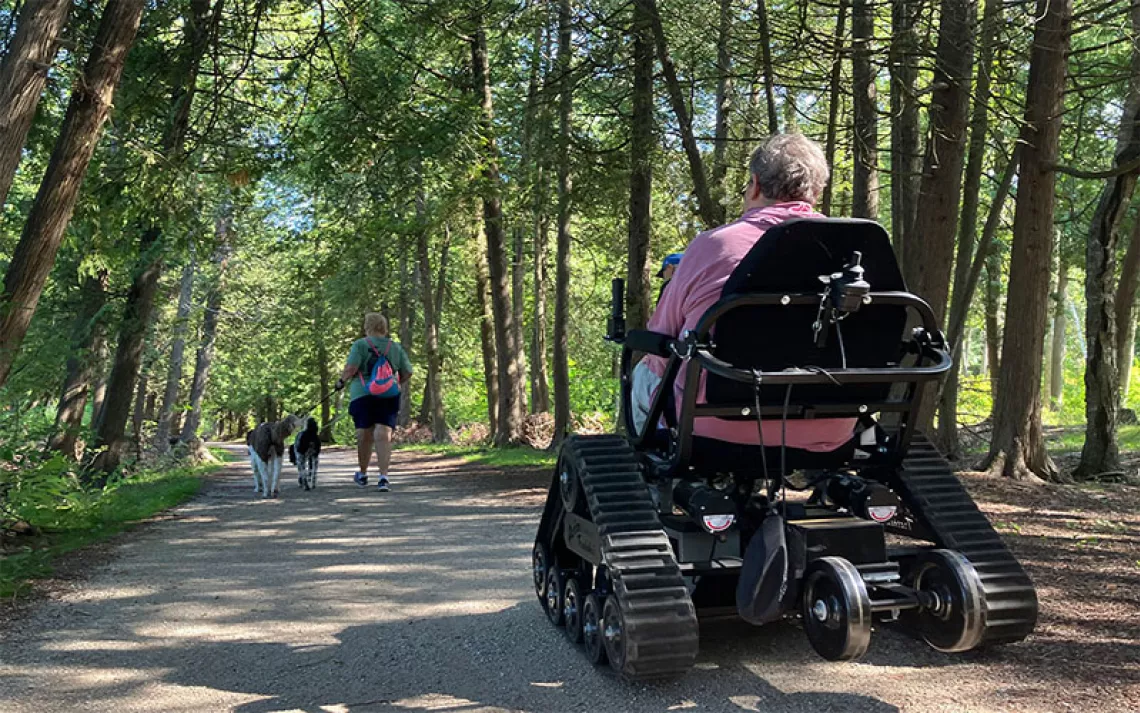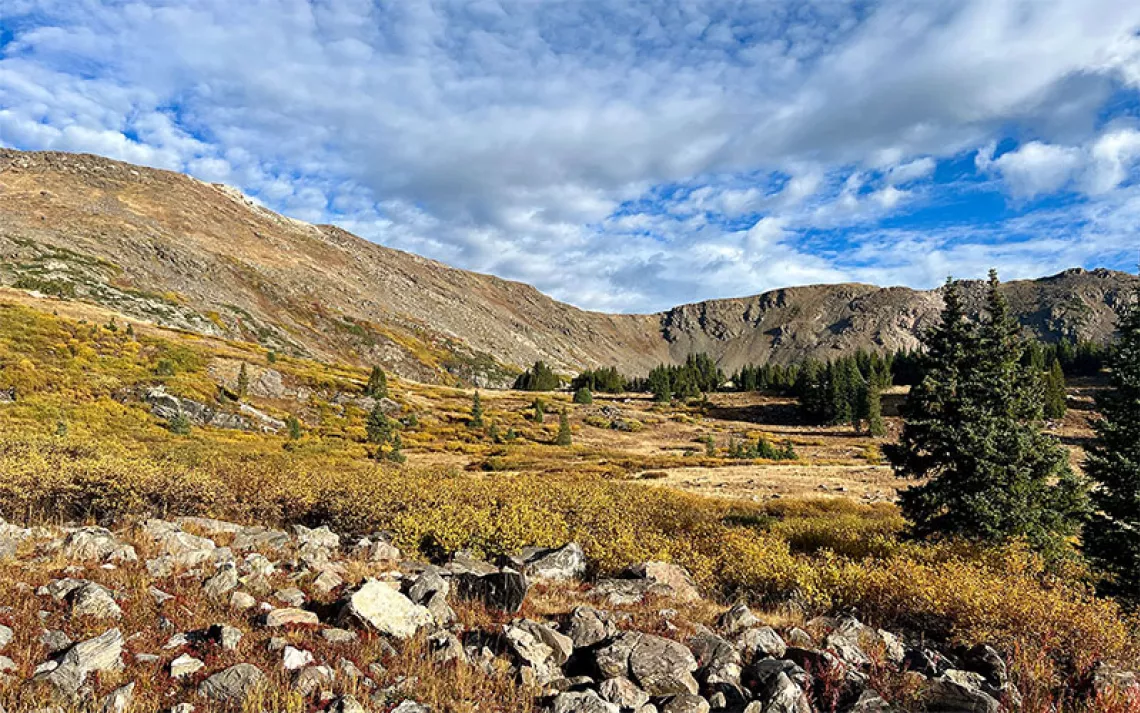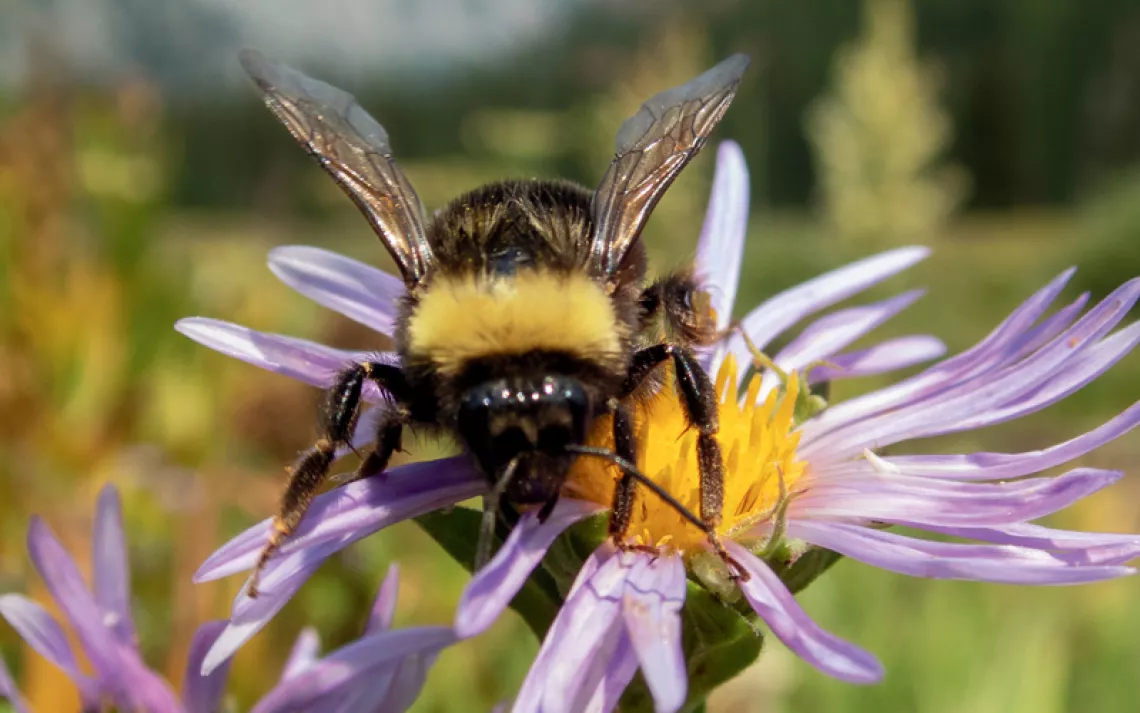The Adventure Ladies' Solution to Answering Nature's Call?
One innovation aims to help close the outdoor adventure gender gap
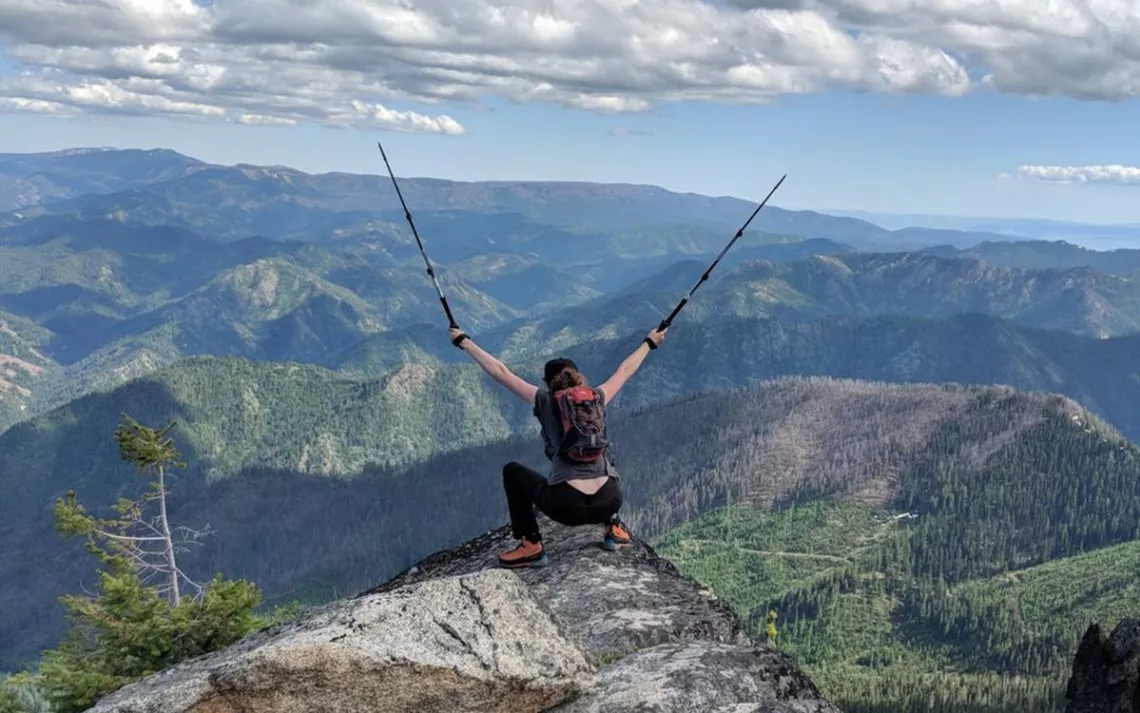
Images courtesy of SheFly
Revolution in women’s clothing typically coincides with revolution in women’s rights. From the bloomers donned by the suffragettes to the trousers popularized by Coco Chanel, freedom of mobility has long been synonymous with the pursuit of gender equality.
Yet despite years of social, political, and material progress, fashion still fails to offer women an equal playing field when it comes to fulfilling that most basic need: answering nature’s call.
It’s a predicament especially pronounced for outdoor adventurers. Sure, a rudimentary squat (perhaps with the aid of a mild slope or verdant bush) does the trick in temperate, wind-free trail conditions. But in the face of more extreme and intensive elements, a semicomic nuisance can become a truly formidable obstacle—and women without a ready solution can experience severe discomfort, embarrassment, and, sometimes, accidents.
For those of us strapped into a harness, hiking a heavily populated trail, or trekking in subzero temperatures, one go-to solution that has been around for decades is the “pee funnel,” a female urination device that comes in paper, plastic, and silicon models. Funnels can be used while standing or sitting, and such products, which feature troughs and spouts, do not require the removal of any clothing: Simply unzip fly, shift underwear to the side, line up the trough, and direct the extendable tubing away from oneself. The SheWee, Sani Girl Venus, and GoGirl are all available for purchase online. Still, funnels are not a perfect solution—as many lady adventurers will tell you, there’s still a risk of accidentally peeing on yourself or your clothing. Though funnels can be useful in a pinch, many product sites and backpacking blogs urge prospective users to try out the device in a controlled setting before taking it out on the trail, where wind and other environmental factors can complicate execution.
Georgia Grace Edwards first started thinking about the problem of peeing in the outdoors while spending a summer as a guide on Alaska’s Mendenhall Glacier.
While her male coworkers could turn their backs and do their business in a matter of seconds, a bathroom break for Edwards required a trek across the glacier for some semblance of privacy, followed by elaborate and decidedly unglamorous disrobing, often in subzero temperatures. Such “breaks” would leave her shivering for hours to come and often cut into her working hours as a guide. “The best solution I had [was] dehydrating myself,” Edwards says. “When I looked to the market, nothing cut it.”
The experience eventually led her and colleagues Bianca Gonzalez and Charlotte Massey to create a pair of pants featuring a dual zipper that allows women to relieve themselves without removing their clothing. The zipper begins in the traditional place, extending beyond its usual terminus between the pant legs to the back waistband of the pants, granting users the flexibility to control the space of the opening according to their anatomy and environment. Using a pair of SheFly’s is simple: Assume the “pee position” of your choice, unzip the flap to your desired amount, shift underwear aside, and go.
The design aims to push back against other common limitations of women’s clothing by incorporating ample pocket space and coming in a wide variety of sizes. “There are a slew of reasons why the outdoors has traditionally been a space dominated by a single narrative—one that is primarily white, masculine, and able-bodied,” Edwards says. “But one major reason is the lack of accessibility. Spending time in nature can be intimidating, especially if you didn’t grow up in or near it, or can’t afford or fit into the gear you’re told you need to enter it.”
If this obstacle proved so difficult for her as a seasoned outdoor veteran, Edwards reasoned, then the limitations imposed by women's clothing were no doubt barring others’ entry to outdoor exploration. Through SheFly, she hopes to alleviate anxiety surrounding the peeing problem and bolster women's and girls’ confidence, inspiring them to get outside and cultivate a passion for nature.
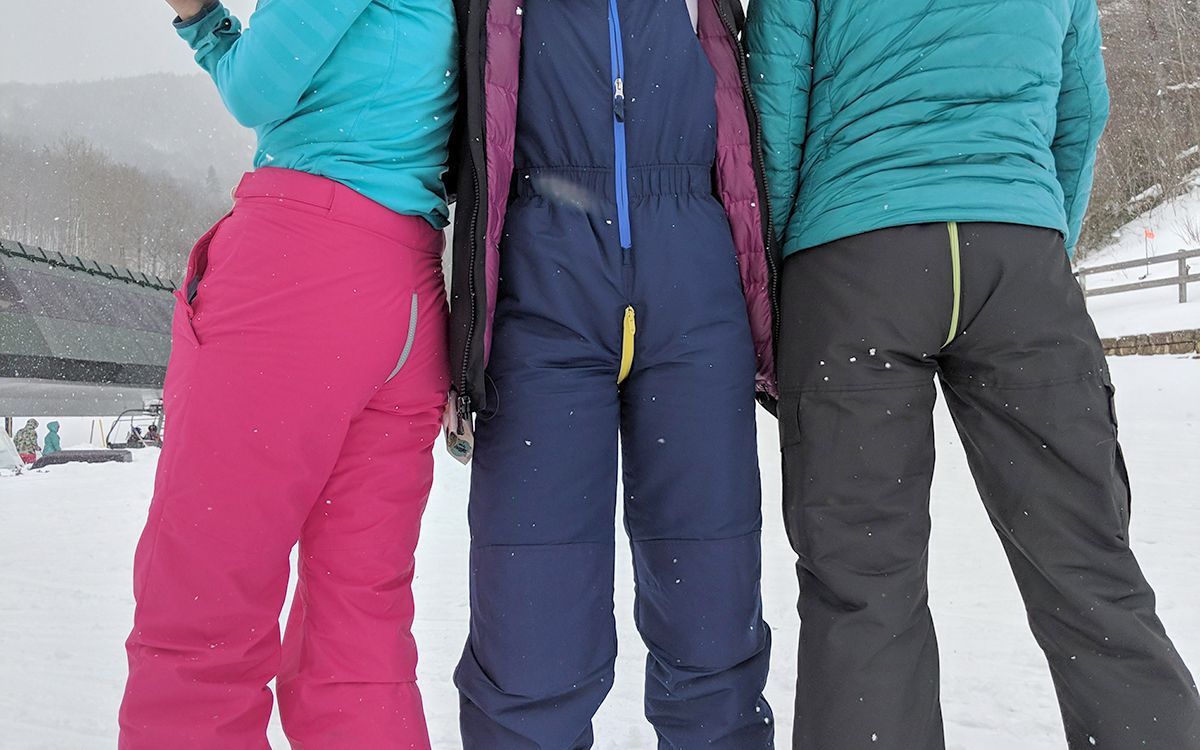
Of course, recreation is impossible without conservation. “You can only enjoy the outdoors so long as they exist, right?” Edwards says. “We made all of our prototypes from scrap fabric that would have otherwise been discarded, we researched environmentally friendly ways of waterproofing pants, and we’re looking into the possibility of shipping our pants in reusable pouches made from leftover fabric scraps.”
And, the company partners with a fair trade and zero waste facility, Visible Clothing, based in Dharamshala, India, which turns excess fabric into pulp. The pulp is then used to make notebooks through an organization that employs Tibetan refugees. (As a result of the coronavirus pandemic and subsequent government-mandated lockdown in India, Visible Clothing is temporarily closed. However, ladies looking forward to safely and responsibly hitting the trail as parks reopen can sign up for the Pants Shop waitlist on SheFly’s website, or visit their instagram, @sheflyapparel for more frequent updates.)
Through all of these efforts, the SheFly team works to promote sustainability and help close the outdoor gender gap by affording women and girls greater access to the outdoors, one bathroom break at a time.
 The Magazine of The Sierra Club
The Magazine of The Sierra Club
